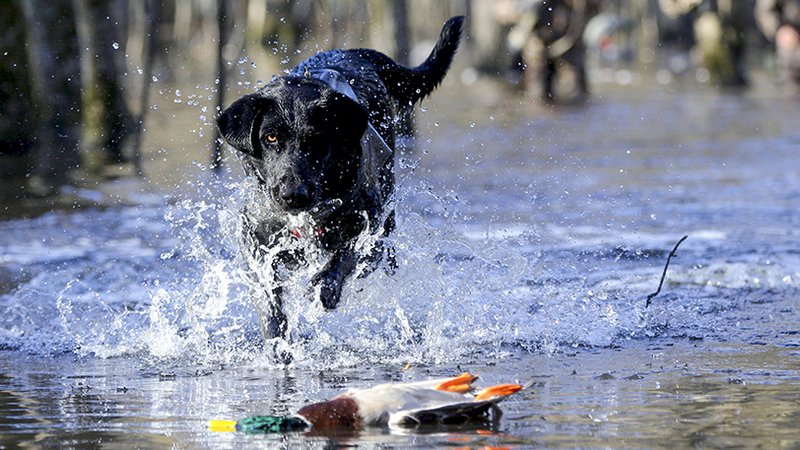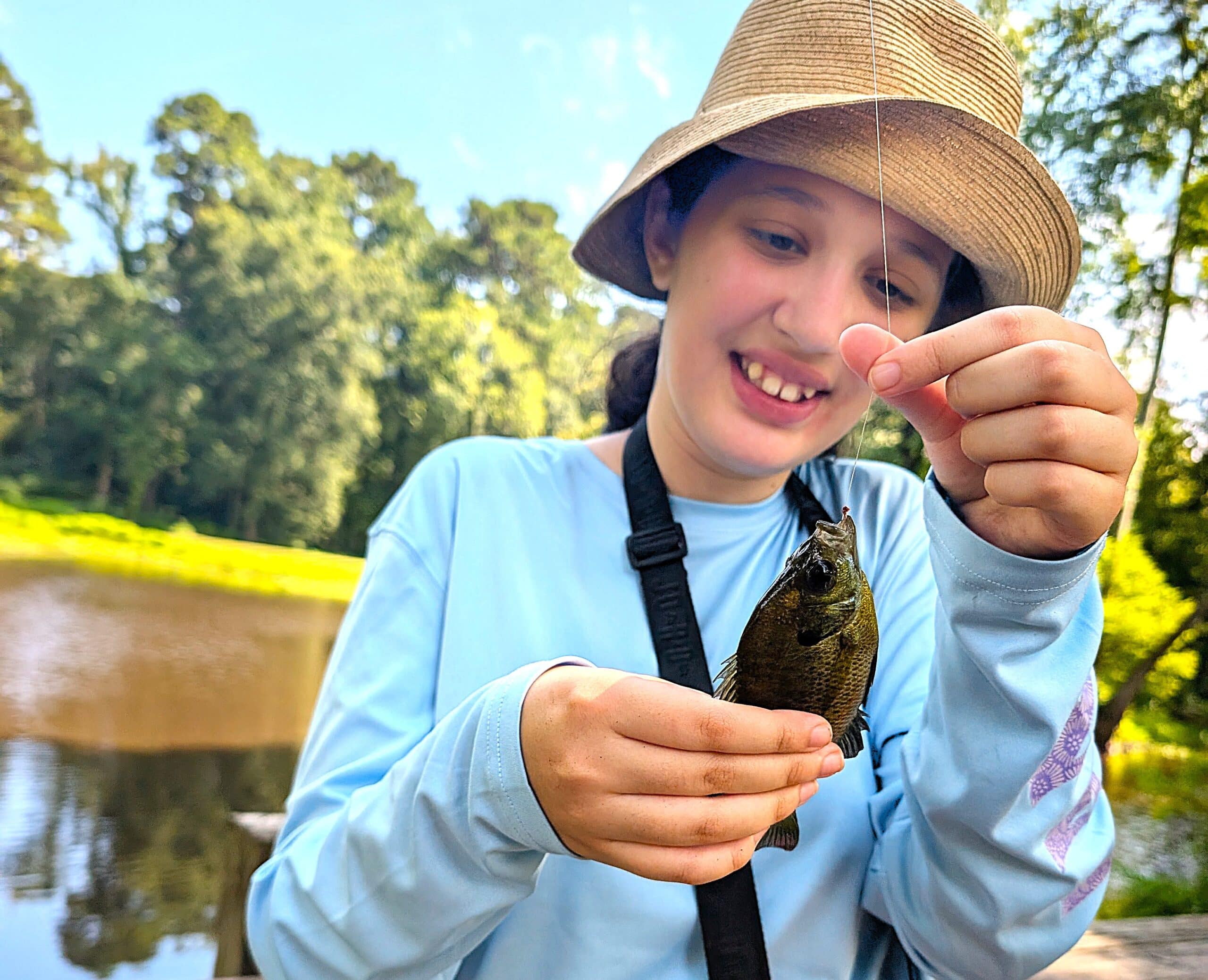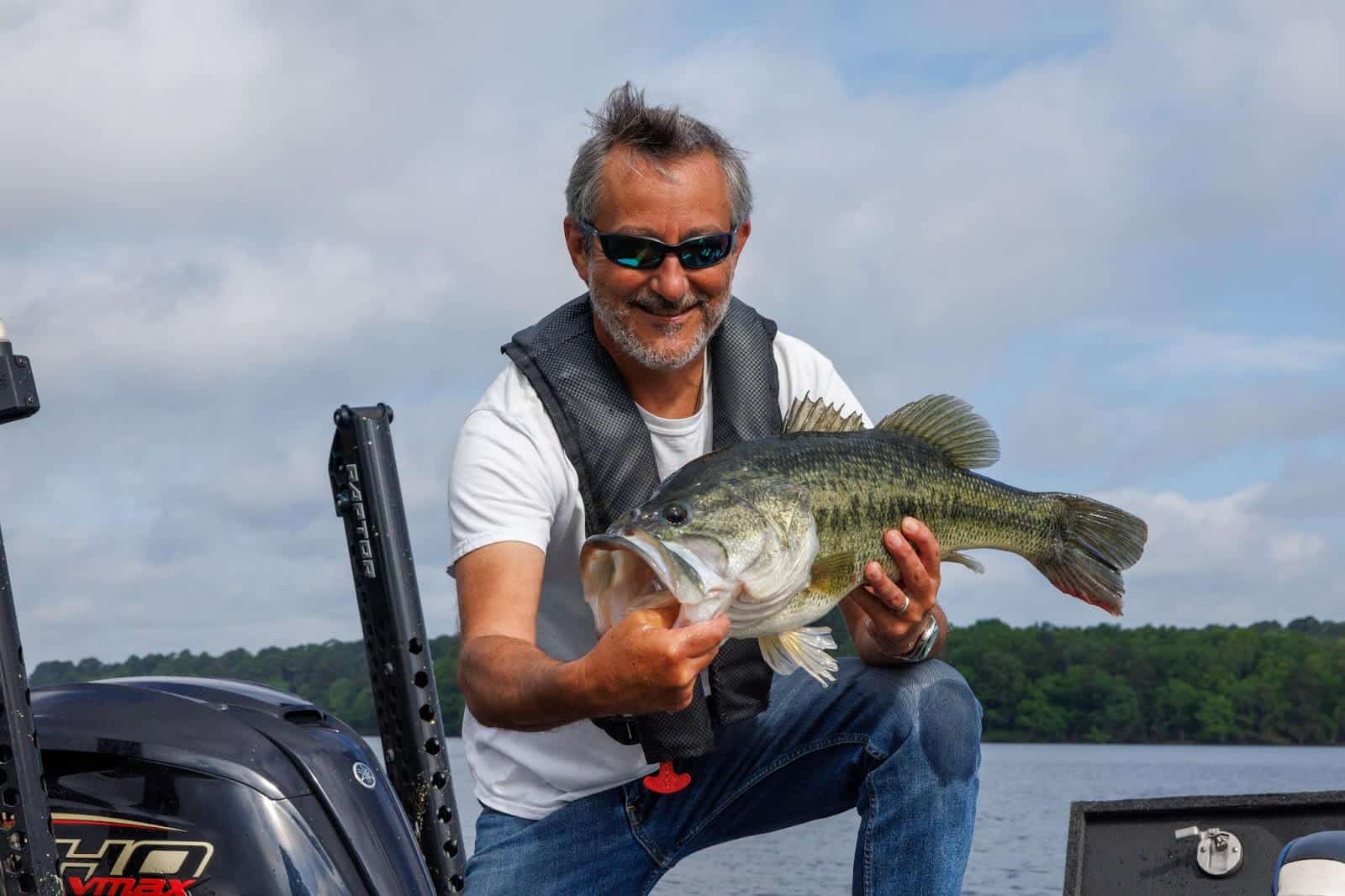Arkansas still leads nation in mallard harvest
ON 09-30-2019

Sept. 30, 2019
Randy Zellers
Assistant Chief of Communications
LITTLE ROCK — According to the U.S. Fish and Wildlife Service’s recently released Migratory Bird Hunting Activity and Harvest for the 2017-19 and 2018-19 Hunting Seasons, Arkansas is still the premier state for hunters who pursue Mr. Mallard above all other species. According to Harvest Information Program reporting, Arkansas hunters shot an estimated 477,817 mallards last year, more than any other state in the country and even more than the entire Atlantic Flyway.
Arkansas retaining its top spot among mallard hunters was no surprise to biologists, as Arkansas sets up at the bottom of the funnel for many mallards that make their way south each year. So, even in a season generally considered poor across the midcontinent mallard range, Arkansas still rises to the top.
Luke Naylor, waterfowl program coordinator for the Arkansas Game and Fish Commission, says The Natural State’s location and available habitat are the primary reasons for its success in the waterfowling world.
“With the Arkansas, White, Cache and Mississippi rivers all converging in Arkansas and all the flooded habitat available for them each winter, Arkansas is still the place where mallards want to be,” Naylor said.
Naylor says statements about the harvest should be taken with caution, however, as this year’s harvest totals did not necessarily match up with hunter’s thoughts about their seasons.
“We heard from a lot of hunters last year about a slow season,” Naylor said. “But the results of the harvest report don’t really reflect that if you just look at total numbers and use that as the only take home.”
One number in the report where Naylor says hunters should focus is the average number of ducks harvested per hunter. According to that statistic, harvest dropped from 19.3 ducks per active hunter last season to 16.6 ducks harvested per active hunter.
“We did see an increase of 8,000 active hunters last year according to the USFWS report, which likely contributed to mallard harvest totals remaining essentially unchanged,” Naylor said. “But estimates of seasonal duck harvest per hunter show a decline in line with what we heard from individuals.”
Not only did the harvest per hunter drop last year, but Naylor points out that the variance of that statistic was much larger than previous years. According to the previous year, 95 percent of hunters had a harvest within 15 percent of that 19-mallard mark; last year that percentage jumped to 29 percent.
“That means you had a lot more of a ‘haves vs. have-nots’ situation,” Naylor said. “Some people may have had very good seasons and stayed relatively quiet about it, but we have heard many hunters in the traditional hot spots that were having a year they considered much less productive than usual.”
Naylor says some of his own trips to famous green-timber locations such as George H. Dunklin Bayou Meto Wildlife Management Area did not have the usual outcomes as recent years, but he did have some good hunts on less popular WMAs with different habitat types.
“Some of the WMAs with moist-soil habitat and millet cover crops did produce a good hunt or two last year, and we saw lots of ducks using rest areas right next to some WMAs, and those ducks will move around on the WMAs throughout the day,” Naylor said. “But overall, duck use of specific areas and individual hunting success both were highly variable last season, leaving many hunters feeling like the season was poor, despite the harvest numbers reported from the Fish and Wildlife Service.”
Visit https://www.fws.gov/birds/surveys-and-data/reports-and-publications/hunting-activity-and-harvest.php for the complete report and to learn more about the annual migratory bird surveys performed by the USFWS.
Recent News

Arkansas Wildlife Weekly Fishing Report
Jul. 17, 2025
Subscribe to Our Weekly Newsletter E-mails
Don’t miss another issue. Sign up now to receive the AGFC Wildlife Weekly Newsletter in your mailbox every Wednesday afternoon (Waterfowl Reports are published weekly during waterfowl season and periodically outside the season). Fishing Reports arrive on Thursdays. Fill in the following fields and hit submit. Thanks, and welcome!

